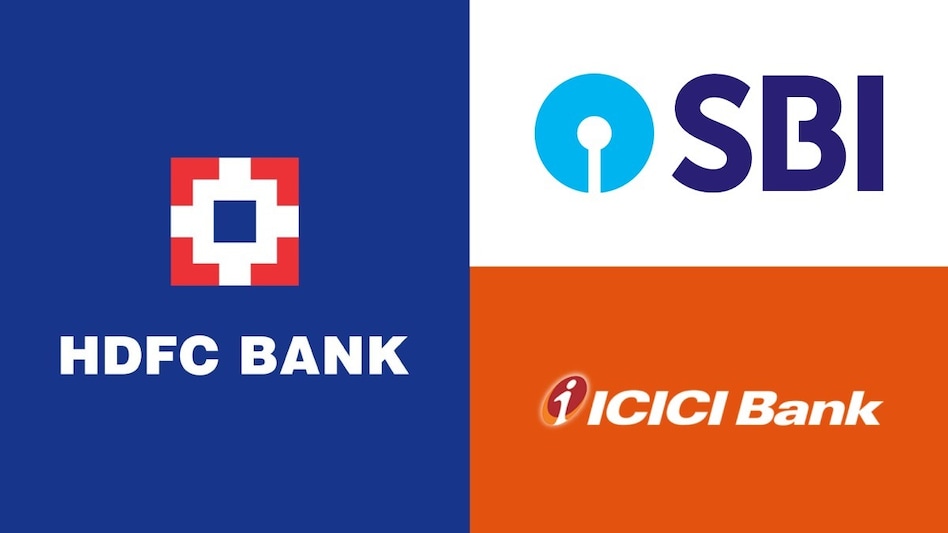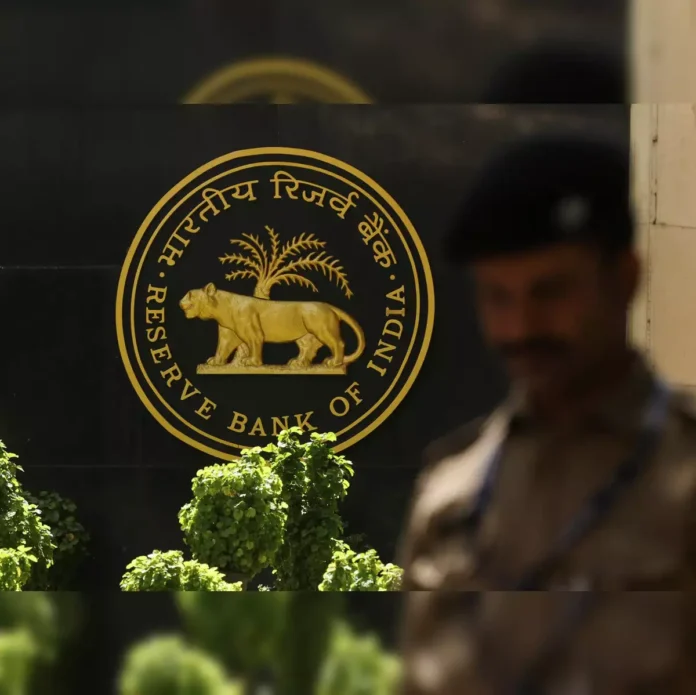In a critical update, the Reserve Bank of India (RBI) has once again recognized State Bank of India (SBI), HDFC Bank, and ICICI Bank as Domestic Systemically Important Banks (D-SIBs). Released on Wednesday, November 13, 2024, the latest D-SIBs list underscores the significance of these three banks to India’s financial system. This recognition marks a continued status from the previous year, further solidifying their pivotal role in maintaining economic stability.
Why D-SIBs Are Crucial to the Economy
D-SIBs are institutions deemed “too big to fail.” The classification underscores their critical importance to the domestic economy and emphasizes the potential risk their collapse could pose to the nation’s financial stability. These banks are so integral to the financial ecosystem that the government and the Reserve Bank of India would intervene to prevent any adverse outcomes in case of financial distress.
The D-SIB framework requires these banks to maintain additional capital buffers, known as Common Equity Tier-1 (CET1). The higher CET1 ensures that these banks can withstand significant financial shocks and continue their operations without destabilizing the broader economy.
The latest list of D-SIBs is based on data collected by the RBI as of March 31, 2024. The concept of D-SIBs was first introduced by the RBI in 2014, aligning with global regulatory practices to strengthen financial systems.

Bucket Classification: SBI Tops the List
The RBI has categorized these three banks into different buckets based on their systemic importance:
1. State Bank of India (SBI):
SBI has been placed in Bucket-4, the highest classification among the D-SIBs. It is required to maintain an additional CET1 buffer of 0.80%. As India’s largest public sector bank, SBI’s pivotal role in domestic banking makes it indispensable for the financial system.
2. HDFC Bank:
HDFC Bank, a leading private sector lender, remains in Bucket-2. The bank is required to maintain a CET1 buffer of 0.40%. Its inclusion in this category highlights its systemic relevance due to its extensive customer base and influence in the private banking sector.
3. ICICI Bank:
ICICI Bank, another key private sector bank, has been assigned to Bucket-1. It must maintain an additional CET1 buffer of 0.20%. As one of the first private banks to enter the D-SIB list in 2016, ICICI continues to demonstrate its importance in the financial ecosystem.
These new requirements for maintaining CET1 capital buffers will come into effect starting April 1, 2025.
The Evolution of D-SIBs in India
The Reserve Bank of India initiated the D-SIB framework in 2014, in line with international practices set by the Basel Committee on Banking Supervision. The goal was to identify and monitor banks that, due to their size, interconnectedness, and complexity, could pose a systemic risk to the economy.
2015: SBI was the first bank to be classified as a D-SIB.
2016: ICICI Bank joined the list, marking the inclusion of a private sector bank.
2017: HDFC Bank entered the D-SIB classification, further strengthening the framework’s scope.
This classification ensures that these banks remain well-capitalized and resilient to financial disruptions.
The Significance of Additional CET1 Buffers
The concept of CET1 buffers is central to the D-SIB framework. These additional capital requirements act as a safety net, enabling banks to absorb losses during periods of financial stress. By requiring higher CET1 ratios, the RBI ensures that these institutions can manage risks more effectively, thereby safeguarding the broader economy.
The buckets assigned to each bank reflect their relative systemic importance. A higher bucket requires a larger CET1 buffer, signifying a greater capacity to handle potential shocks.
Impact on the Financial Ecosystem
The reaffirmation of SBI, HDFC, and ICICI Bank as D-SIBs underscores their indispensable role in India’s banking sector. Together, these three institutions cater to millions of customers and manage a significant portion of the country’s banking assets.
Their inclusion in the D-SIB list signals their strong governance, financial resilience, and critical contribution to economic growth. Moreover, the classification reassures stakeholders—customers, investors, and regulators—of the safety and stability of these banks.
Looking Ahead
With the new CET1 requirements set to take effect in 2025, these banks are well-positioned to navigate the evolving financial landscape. Their inclusion in the D-SIB list reflects not only their size but also their systemic importance in ensuring the stability of India’s financial system.
The RBI’s consistent efforts to monitor and regulate systemically important banks reinforce the central bank’s commitment to fostering a robust and resilient banking sector. As SBI, HDFC Bank, and ICICI Bank continue to lead the charge, their role in supporting India’s economic framework remains more critical than ever.
The concept of D-SIBs has become a cornerstone of financial stability in India, ensuring that these “too big to fail” institutions remain pillars of the economy, ready to withstand challenges and drive growth.

